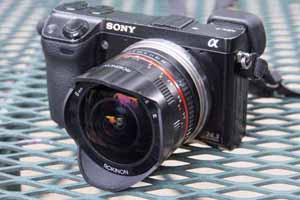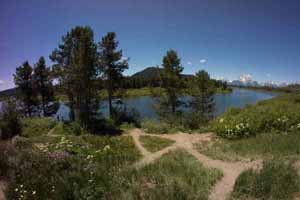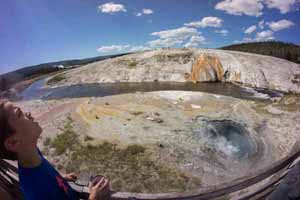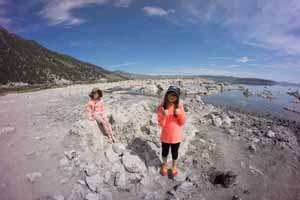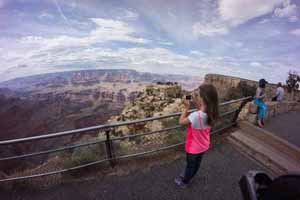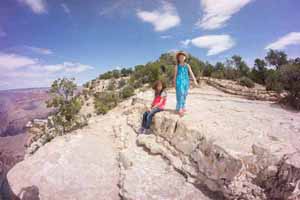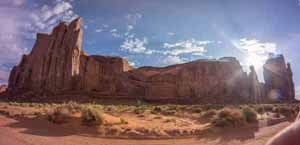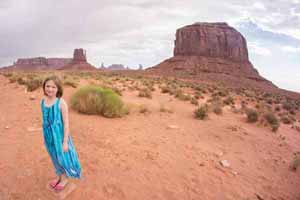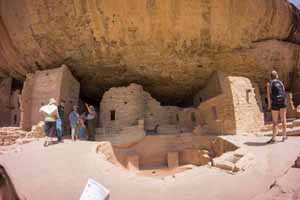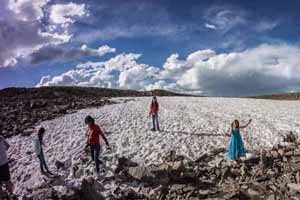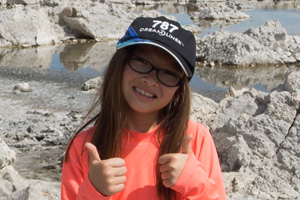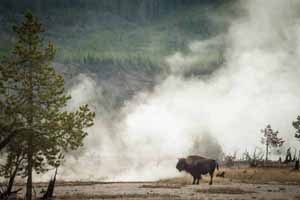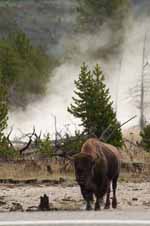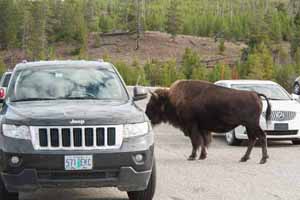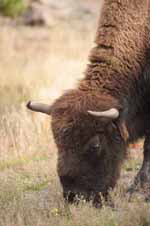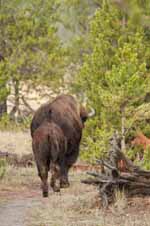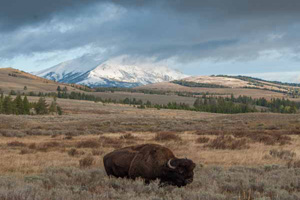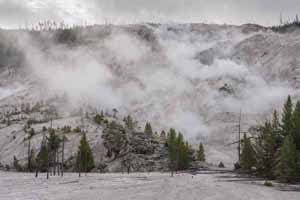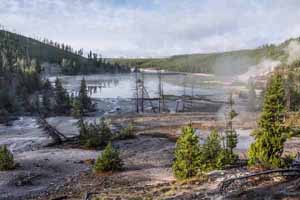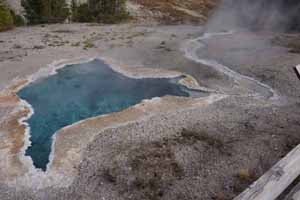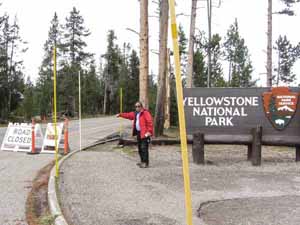Online Magazine
Recent Posts
- Safeguard your Cellphone Photos
- Black & White to Color – Instantly
- Wearing Many Hats
- Video Roundup
- Rescuing Your Blurry Pictures
- Showing Their Age
- What is Your Angle?
- Panorama Photos
- Humorous Photos
- Close Ups
- Fisheye Pictures
- Photo Antiquities
- Printing Big
- Appreciating Scale
- Celebrity Sightings
Tags
More Places to Go
- Free "How-To" Books “How To” books for popular cameras 0
- Vist Us on Facebook keep in touch with us on Facebook 2
Archives
- July 2023 (1)
- March 2023 (2)
- February 2023 (1)
- December 2022 (1)
- October 2022 (1)
- September 2022 (8)
- August 2022 (9)
- July 2022 (1)
- June 2022 (1)
- June 2021 (1)
- May 2021 (1)
- March 2021 (5)
- February 2021 (4)
- January 2021 (2)
- April 2019 (1)
- March 2019 (1)
- February 2019 (1)
- October 2018 (2)
- April 2018 (1)
- March 2018 (4)
- February 2018 (1)
- November 2017 (1)
- August 2017 (1)
- June 2017 (1)
- April 2017 (1)
- March 2017 (5)
- February 2017 (2)
- January 2017 (1)
- October 2016 (1)
- September 2016 (1)
- August 2016 (1)
- July 2016 (1)
- May 2016 (1)
- April 2016 (1)
- March 2016 (2)
- February 2016 (1)
- January 2016 (2)
- December 2015 (1)
- November 2015 (1)
- October 2015 (3)
- April 2015 (1)
- March 2015 (5)
- February 2015 (1)
- January 2015 (4)
- December 2014 (2)
- November 2014 (5)
- October 2014 (2)
- September 2014 (1)
- August 2014 (2)
- July 2014 (1)
- May 2014 (1)
- April 2014 (5)
- March 2014 (5)
- December 2013 (2)
- November 2013 (18)
- October 2013 (1)
- September 2013 (1)
- August 2013 (1)
- July 2013 (1)
- June 2013 (3)
- May 2013 (1)
- April 2013 (2)
- March 2013 (1)
- February 2013 (1)
- January 2013 (1)
- December 2012 (1)
- November 2012 (2)
- October 2012 (2)
- September 2012 (5)
- August 2012 (2)
- July 2012 (1)
- June 2012 (1)
- May 2012 (1)
- April 2012 (4)
- March 2012 (1)
- February 2012 (1)
- January 2012 (3)
- December 2011 (1)
- November 2011 (3)
- October 2011 (1)
- September 2011 (2)
- August 2011 (2)
- June 2011 (3)
- May 2011 (4)
- April 2011 (8)
- March 2011 (8)
- February 2011 (10)
- January 2011 (6)
- December 2010 (11)
- November 2010 (14)
- October 2010 (6)
- September 2010 (12)
- August 2010 (2)
- July 2010 (4)
- June 2010 (3)
- May 2010 (1)
- April 2010 (1)
- March 2010 (2)
- February 2010 (1)
- January 2010 (1)
- December 2009 (1)
- November 2009 (2)
- October 2009 (2)
- September 2009 (1)
- August 2009 (3)
- July 2009 (2)
- June 2009 (1)
- May 2009 (2)
- April 2009 (1)
- March 2009 (2)
- February 2009 (1)
- January 2009 (3)
What a View
27th August 2014
Wide Angle to the Extreme
It’s eye-catching when I see a photo that “bends” the horizon.
This bend comes from the camera’s lens. Use a very wide angle lens and you’ll see the curved “barrel” distortion on the images. One well-known type of wide angle lenses is the fisheye. These lenses typically have a field of view approaching 180 degrees – allowing you to capture the entire scene in front of the camera.
Until recently, fisheye lenses were expensive. I have one that cost well over $1500. But when I was looking for an ultra-wide angle for my Sony equipment, I found an inexpensive lens made by Rokinon. With its $300 price tag, I was a little skeptical of the quality of images from such a low cost lens but decided to try it regardless.
Here’s a short gallery of some of the scenes that I captured during my first outing with the lens a few weeks ago.
After my short time with this lens, I am no longer skeptical of it’s quality. The images are tack sharp with very good color reproduction. If you’re on the lookout for an ultra-wide, include this lens in your search.
The Rokinon 8mm f/2.8 fisheye is also available for other camera models as well: Fuji, Samsung and Canon M mount. Other similar versions with a maximum f/3.5 aperture are available for Canon, Nikon, Sony A mount, Pentax and Olympus 4/3.
Written by: Arnie Lee
About this Photo – Bison
20th November 2013
A Single Photo is Just a Split Second in Time
This article is the another in a series of articles that I’ve called “About this photo” to draw attention to a few of those memorable photos that may be hiding in a shoebox or on your hard drive.
A few weeks ago I traveled to Yellowstone to view the wildlife and scenery before the cold and snow arrived. Unfortunately, I chose to visit at the same time that our government decided to shutdown the National Parks.
The scene went something like this: As I passed through the north gate at Gardiner, MT at 7:30am on October 1st, the park ranger informed me that Yellowstone would be closing at 8:00am, just about 30 minutes from now. Having just entered the park, I was temporarily elated to think I’d have the entire place to myself.
After I lost sight of the pair of bisons, I hopped back in the car and continued driving southward. Little did I know that most of the viewing areas and parking in Yellowstone would be barricaded with orange cones including the Norris Geyser Basin due to the government shutdown. There went my hiking plans.
Was I disappointed? Yes, but not depressed. Having stopped at this and several other roadside areas in the park was still exciting and exhilarating both emotionally and visually.
The single photograph “Bison at the Fumaroles” is but a split second during my visit to Yellowstone. Along with the other photos, these five split seconds actually add up to much more than the fifteen actual minutes that I spent near Nymph Lake.
I don’t think I can put a number on the amount of enjoyment this stop off brought me during this visit to one of my favorite places.
Written by: Arnie Lee
National Park Shutdown
20th October 2013
Just Slightly Disappointed
My plan was to photograph scenery and wildlife in Yellowstone and Grand Teton National Parks. I aimed the car towards the west, drove the 1900 miles to Jackson Hole and arrived on Sunday. I would spend a day in the Tetons and the evening in West Yellowstone, MT., explore the Lamar Valley and Mammoth Hot Springs on Monday, get some rest in Gardiner, MT. and then drive a short distance to Norris Geyser Basin to marvel at its thermal features on Tuesday. Of course neither I nor the hundreds of other visitors had an inkling that the parks would be closed.
Unfortunately, I saw buses of visitors that were unable to enter the park. I’m sure they are very disappointed by the shutdown. Although my visit was cut short, I still had a few days to enjoy my two favorite national parks and take back a few memorable photographs.
On the other hand, there were hundreds of thousands of government workers who were furloughed. And then there were the employees of the private enterprises that rely on park visitors – hotels, restaurants, gift shops, gas stations, more. Compared to these others, I suffered only minor inconvenience. I hope this doesn’t happen again to any of us.
Please feel free to leave your comments or observations.
Written by: Arnie Lee


